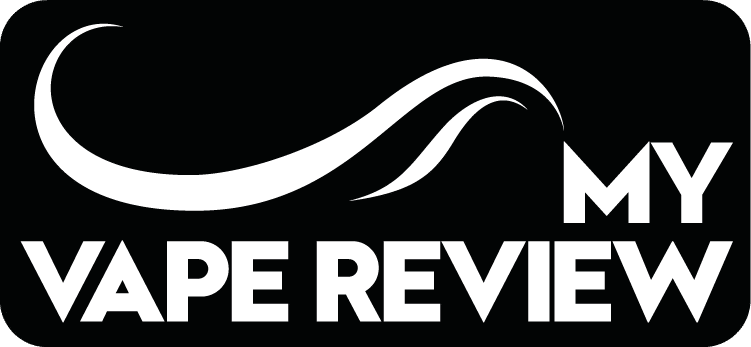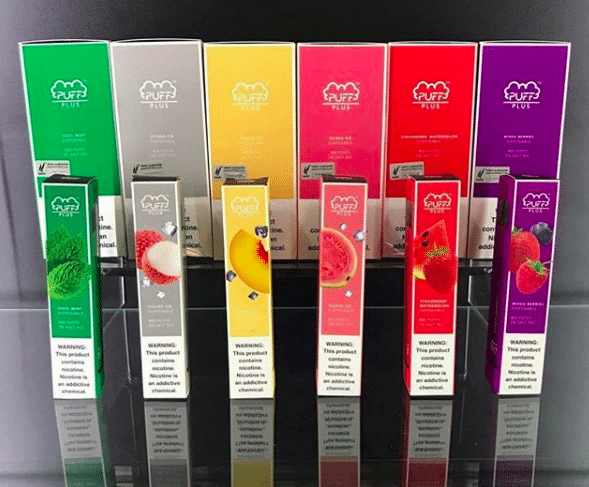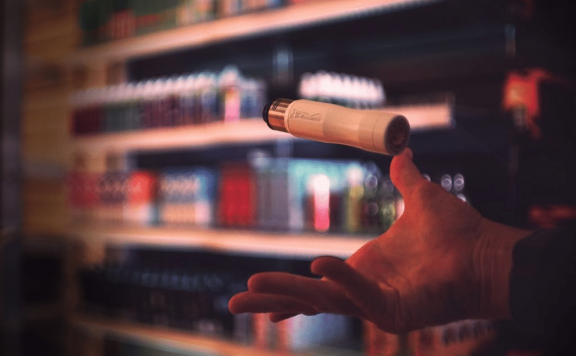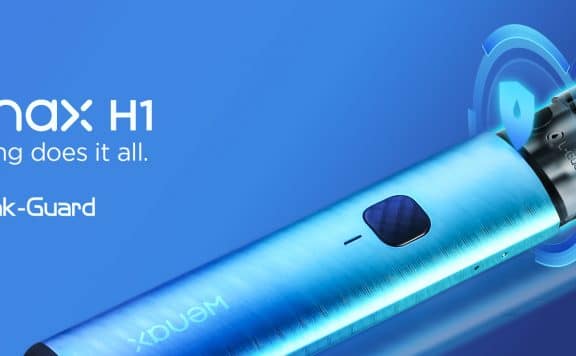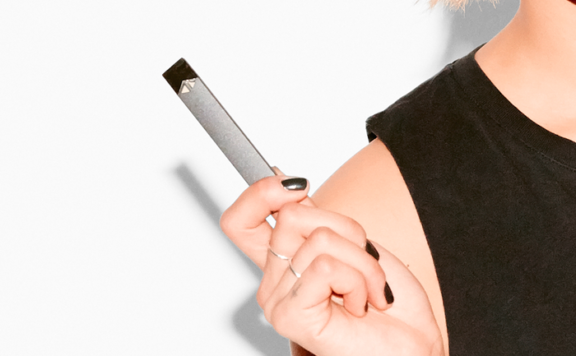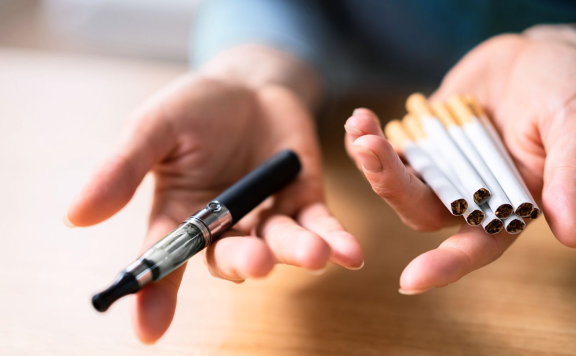This isn’t a new development, but despite youth vaping rates falling, lawmakers are more focused than ever on synthetic nicotine!
Despite the youth vaping rate falling, synthetic nicotine products are on the radar of legislators and lawmakers again, and they’re starting to ramp up the pressure. A study conducted by the CDC noted that current use fell from 19.6% to 11.3% for high schoolers and from 4.7% to 2.8% for middle schoolers.
On November 16th, the Attorney General for North Carolina launched an investigation into Puff Bar. Recently, Puff Bar has surpassed Juul as the most popular disposable vaporizer, and the company announced that it would be switching to 100% synthetic nicotine products.
At the same time, nine democratic senators contacted the FDA’s acting commissioner Janet Woodcock to express their concerns regarding synthetic nicotine.
Basically, they’re concerned that synthetic nicotine products are avoiding regulatory bodies because technically, they aren’t ‘tobacco’ products because they don’t contain traditional nicotine. The entire situation shouldn’t be much of a surprise to any of the companies involved or anyone that’s been following vaping regulations even from a distance.
So, what’s causing vaping companies to switch to synthetic nicotine rather than traditional nicotine sourced from tobacco plants? The two are almost impossible to differentiate, so it’s not because it’s better or cheaper.
The problems for vaping companies started when they had to gain authorization to sell their products through the FDA’s Premarket Tobacco Product Application process, with many not meeting the requirements.
To meet their requirements under the (PMTA) process, vaping companies had to show that their products were a safer alternative for smokers trying to quit smoking while at the same time not introducing more people to smoking.
So, What is a Tobacco Product?
The FDA currently defines a tobacco product as anything that’s derived from tobacco. Vaping companies looking to avoid the FDA are hoping by switching to synthetic nicotine, they’ve found a loophole in the system. The loophole will slam shut quickly if congress redefines what a tobacco product is or the FDA manages to regulate synthetic nicotine as a drug.
Unfortunately for many vaping companies, they have found themselves the convenient scapegoat for a huge body already financed and ready to go after tackling big tobacco and looking for another target. While the majority of people that use vaping products are doing it to quit smoking, there is also a younger demographic that brings a lot of negative attention to vaping.
You only need to look at some of the scares that vaping has dealt with lately to see that the industry as a whole is facing a lot of big battles, from rumors that vaping was spreading COVID-19 and making it worse to the Vitamin E and black market disaster that had nothing to do with tobacco vape products.
Conclusion
For many vaping companies, it may feel like they’re getting pressure from all directions, and rightly so in some cases. So, it’s hard to blame them for looking for loopholes in the law to try and survive and keep their business operating.
The cannabis industry is a good example of this as companies across the country side-step laws and rules with new synthetic cannabinoids hitting the shelves almost every week.
If you have any questions or comments, then please don’t hesitate to contact us or comment below.
